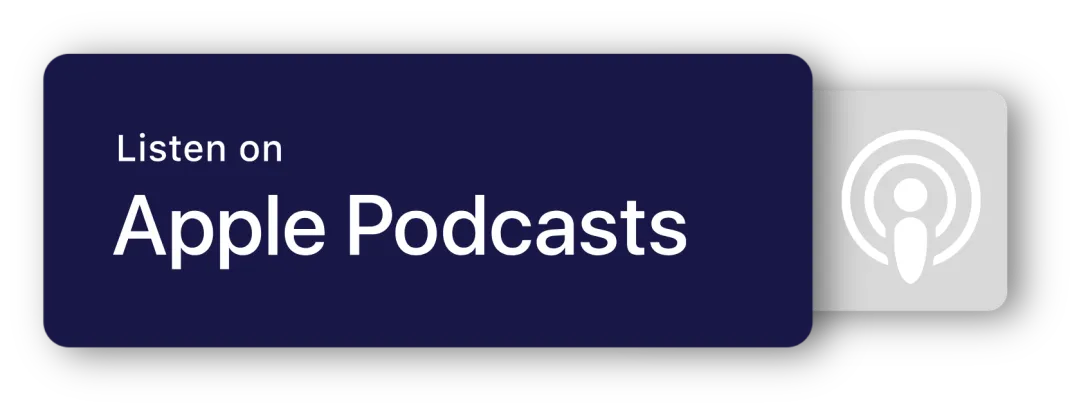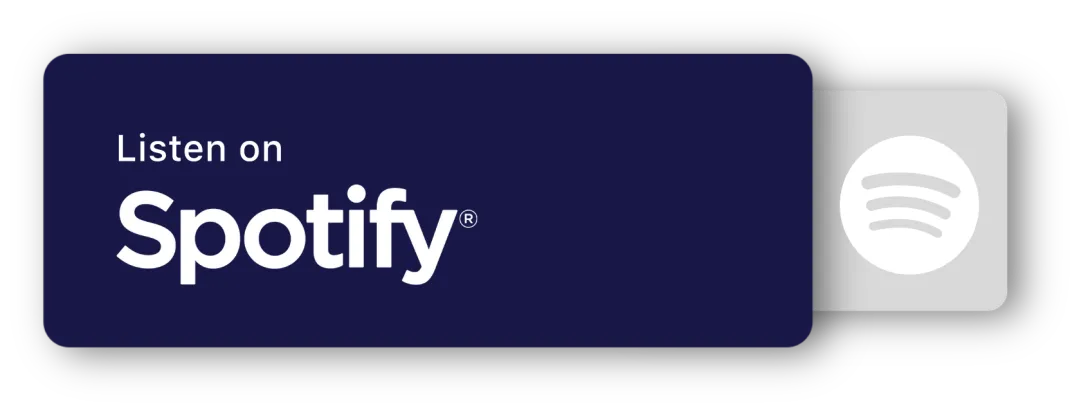
Safe Practices to Prevent Restrictions on Social Media
Every brand depends on visibility, but one wrong move on Facebook, Instagram, or LinkedIn can trigger penalties that reduce reach or, in worst cases, result in account suspension. Many businesses only realize the seriousness of these restrictions once their content stops appearing in feeds or their accounts face temporary bans. The smartest way to safeguard your presence is to follow safe posting practices and, when needed, hire a social media manager who understands how to navigate platform rules while keeping your brand active and engaging.
Why Social Media Restrictions Happen
Social platforms are designed to encourage authentic connections and discourage spam or harmful behavior. Algorithms constantly scan accounts for suspicious activity. Excessive posting, using banned hashtags, over-promotion, or engaging in tactics that mimic spam can trigger automated restrictions. These actions may not always be intentional, but they can put valuable accounts at risk.
Understanding why restrictions occur makes it easier to avoid them. Facebook is quick to flag accounts that post identical content across multiple groups within minutes. Instagram monitors engagement patterns, flagging accounts that use too many automation tools or comment excessively with repetitive phrases. LinkedIn takes action against profiles that send too many unsolicited connection requests or use overly aggressive sales pitches. Each platform has its own thresholds, but the principle is the same: unnatural behavior raises red flags.

Safe Posting Habits to Reduce Risks
Consistency matters in social media, but balance is key. Flooding feeds with multiple posts in short succession can backfire. Instead, brands should pace their content strategically. Posting a few times a week on LinkedIn, once a day on Instagram, and a few times per week on Facebook often provides better engagement than overwhelming followers.
Caption writing also plays a role in account safety. Overuse of hashtags or keyword stuffing can look suspicious to algorithms. On Instagram, sticking to a focused set of relevant hashtags instead of using the maximum limit makes posts appear more authentic. Similarly, writing captions that spark conversation rather than pushing hard sales messages helps keep content within platform guidelines.
Another safe practice involves image and video usage. Platforms prioritize originality, so reusing the same stock content across multiple accounts can reduce reach. Personalizing visuals, incorporating unique branding elements, and focusing on storytelling make content stand out without raising compliance issues.
How to Avoid Common Triggers of Restrictions
Certain actions almost always increase the risk of account limits. For example, buying followers or likes is one of the quickest ways to attract penalties. Not only does it damage credibility, but it also signals to algorithms that the account is trying to manipulate growth artificially.
On LinkedIn, sending bulk connection requests or copying and pasting identical outreach messages is another high-risk move. Safe networking involves tailoring messages, respecting limits, and gradually building connections.
For Instagram and Facebook, avoiding “engagement pods” or automated comment tools helps maintain authenticity. While these tactics may initially boost visibility, they often lead to shadowbans or lowered reach once detected.
Finally, respecting community guidelines is non-negotiable. Content that includes sensitive or misleading claims, controversial hashtags, or unverified information risks being flagged. Even well-meaning posts can face restrictions if they are perceived as spammy or misleading.
The Role of Monitoring and Engagement
Staying safe on social media is not just about what you post but also how you engage. Responding to comments thoughtfully, acknowledging feedback, and building conversations signal authenticity to algorithms. Accounts that appear human-driven rather than automated are less likely to face penalties.
Monitoring metrics also helps detect early warning signs. A sudden drop in engagement or impressions may indicate a shadow ban or reduced visibility. Identifying these shifts early allows brands to adjust posting habits before facing stricter penalties.

Why It Makes Sense to Hire a Social Media Manager
Keeping up with all these nuances is time-consuming, and rules are constantly evolving. This is where the decision to hire a social media manager becomes invaluable. A skilled manager not only creates content but also ensures it follows best practices tailored to each platform. They know when to post, how to craft captions, and how to grow engagement without risking penalties.
A social media manager also stays updated with changes to algorithms and community guidelines. While most business owners are busy running operations, managers dedicate time to ensuring accounts remain compliant and active. This proactive approach saves brands from costly mistakes, such as account suspensions or permanent bans, that could erase years of online growth.
Perhaps the greatest value comes from their ability to balance safety with creativity. Instead of worrying about restrictions, businesses can focus on building authentic connections with their audience while leaving compliance in expert hands.
Taking Action with Professional Support
Safe social media practices are not just about avoiding restrictions; they are about building credibility and protecting the effort invested into online growth. While learning the platform rules is essential, consistently applying them while managing content across multiple networks can be overwhelming.
Hiring a social media manager through Pinnacle Ai means working with a real professional who understands how to navigate social media platforms safely. With the right social media manager in place, businesses can focus on growth instead of worrying about restrictions. Contact us today.









